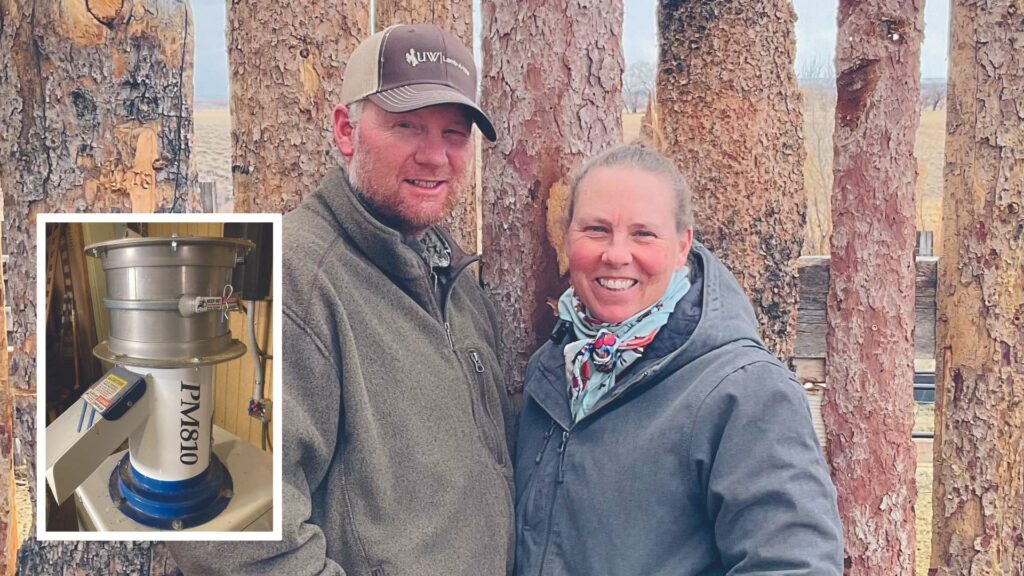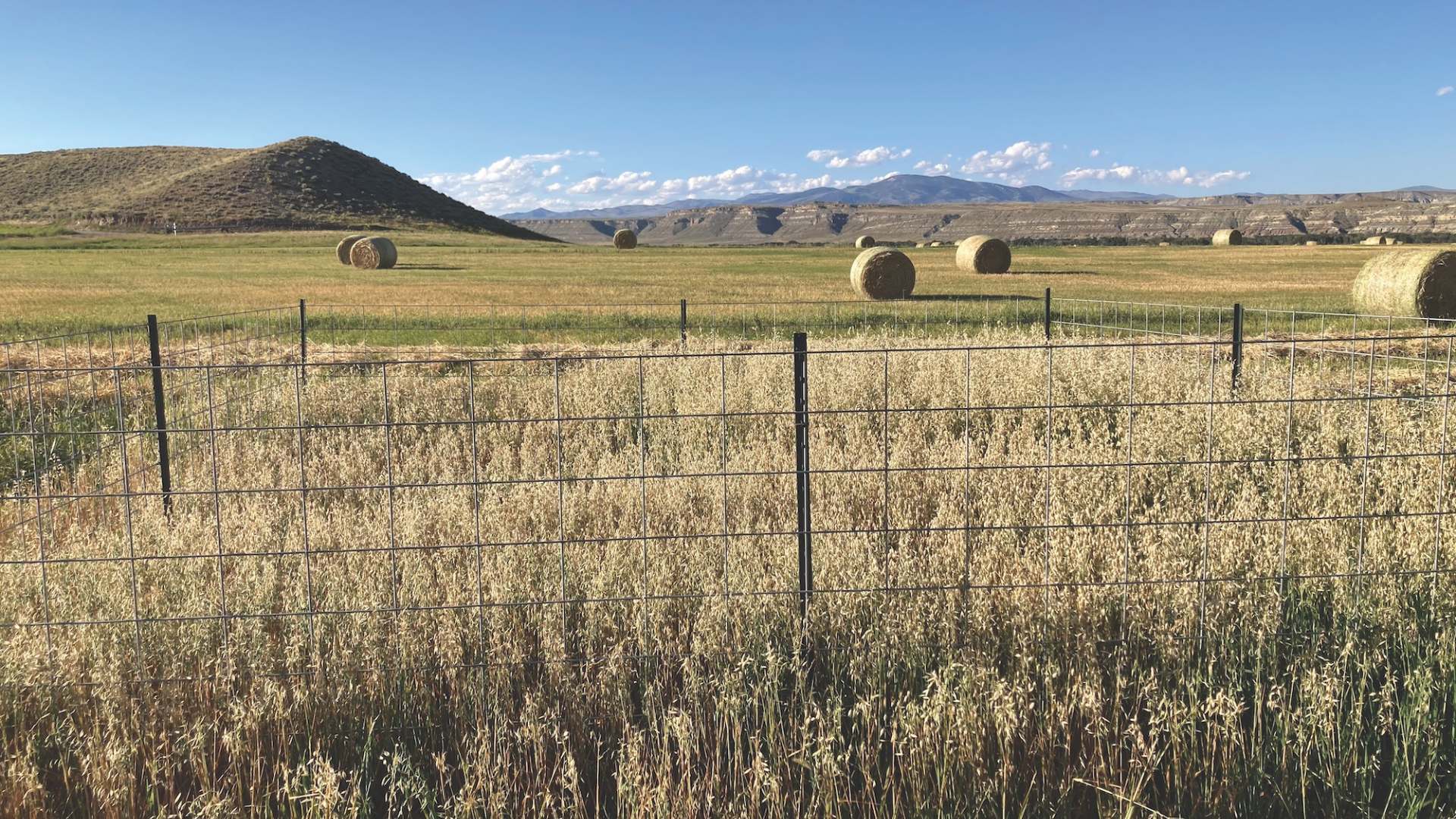Restoring Soil and Saving Water with Wool
In the sprawling landscape of arid western Wyoming, Alicia and Ben Rux, owners of Cottonwood Creek Ranch, faced a common dilemma among Western sheep ranchers: what to do with the surplus of unsaleable wool generated after shearing their Rambouillet sheep.
The Ruxes saw an opportunity amid the “waste wool” piling up in the forgotten corners of their ranch. “We always have sustainability in the back of our minds,” shared Alicia Rux, “and how to use something that maybe isn’t being utilized.”
After a little bit of research, they discovered a small but growing market for wool pellets for use as a soil amendment in home gardening. Wool pellets hold water and increase soil porosity, like perlite (which helps germination, rooting, aeration and draining). But unlike perlite, wool is a renewable resource and it provides a slow-release nitrogen fertilizer as it biodegrades. Alicia connected with a rancher in Utah who was using a pellet mill to convert waste wool into pellets, and she determined that there might be a business opportunity in Wyoming for this approach.

Ben and Alicia Rux are working to develop a business that makes use of waste wool sitting on sheep ranches around Wyoming. Inset is the Buskirk PM810 pelletizer the Ruxes use to process the wool into pellets.
In 2022, they clinched a grant from The Fremont StartUp Challenge hosted by Impact 307, a Wyoming-based entrepreneurial network. The grant helped them with the purchase of an electric, variable speed Buskirk PM810 pellet mill of their own. With this new equipment, the Ruxes embarked on testing the use of wool pellets not just in gardening but also in rangeland applications. Bolstered by a grant from the LOR Foundation’s Field Work program in 2023, the Ruxes created test plots on their property, evaluating the efficacy of wool pellets in enhancing soil fertility and water retention in a pasture context. “We used 16-foot wire panels in a square, divided the square in quarters and applied the pellets at three different rates, with one quarter of the square serving as a control,” Alicia said. “The pellets were weighed out [in 1-lb., 3-lb. and 6-lb plots] and spread by hand as uniformly as possible.”

These test plots on the Cottonwood Creek Ranch helped the Ruxes evaluate the best density for range applications of their wool pellets. Next steps include testing larger-scale application methods.
The results on their test plots were impressive, say the Ruxes. Even the smallest application of wool pellets yielded noticeable improvements in soil health and pasture growth, underscoring the potential of this innovative solution in rejuvenating disturbed landscapes. They also experimented with applying the pellets with a standard grain drill but concluded that large-scale spreading would likely work better using a three-point or fertilizer spreader. They intend to continue experimenting with large-scale range applications.
Looking ahead, the Ruxes envision a future where wool pellets play a pivotal role in economic resilience for fellow sheep ranchers, while simultaneously helping restore grazing lands. Already, they have worked with half a dozen fellow Wyoming graziers to pelletize their wool and have plans to expand this network.
Sorry, the comment form is closed at this time.





Reed Thomas
I would like more information on the wool pellets please